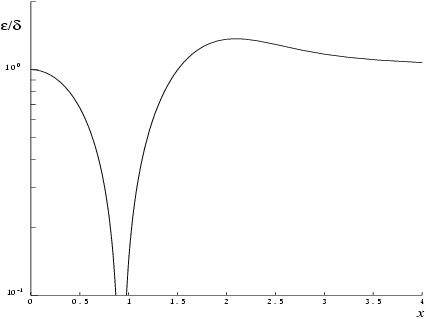On entry:
ifail must be set to
,
or
to set behaviour on detection of an error; these values have no effect when no error is detected.
A value of causes the printing of an error message and program execution will be halted; otherwise program execution continues. A value of means that an error message is printed while a value of means that it is not.
If halting is not appropriate, the value
or
is recommended. If message printing is undesirable, then the value
is recommended. Otherwise, the value
is recommended.
When the value or is used it is essential to test the value of ifail on exit.
On exit:
unless the routine detects an error or a warning has been flagged (see
Section 6).

